Talk of the town: Wrocław remembers artist Magdalena Abakanowicz

The Second World War left the city of Wrocław in western Poland utterly ruined, in terms of architecture, infrastructure, population and spirit. Afterwards, an influx of German and Jewish immigrants brought their own heritage to the Polish town, eventually creating a new, blended culture, upon which modern Wrocław stands. Early last year, the city won the title of European Capital of Culture 2016, flooding the cobbled streets, colourful squares and concrete suburbs with funding and international intrigue.
This newly appreciated artists’ hub is the canvas for a sprawling retrospective of Poland’s most recognised female artist Magdalena Abakanowicz, who passed away in April. Abakanowicz’s own dramatic story, in many ways, mirrors that of the city’s. A not-so-distant relation of Genghis Khan, Abakanowicz grew up on an estate near Warsaw, to a noble landowning mother and Konstanty, the son of a czarist general. War brought destruction, and later, communism made her a class enemy. In 1943, drunk, German soldiers broke into her home and shot her mother, severing her right arm below the shoulder. Escaping, Abakanowicz spent most of the war as a nurse’s aid in Warsaw, hiding her identity, later turning to art to document her experiences.
As Wrocław refound itself through cultural revival, so too did Abakanowicz. Her friend and collaborator, Mariusz Hermansdorfer, said at the exhibition’s opening, ‘This is a city that Abakanowicz enjoyed. It’s also a city that enjoyed a very close relationship with Abakanowicz.’ Now, her sculptures fill public squares and gardens; they occupy an underground walkway; the airport foyer and the train station; they're hidden in a courtyard inside the Museum of Architecture, and in the Museum of Modern Art (which is more avantgarde dyskoteka than museum).
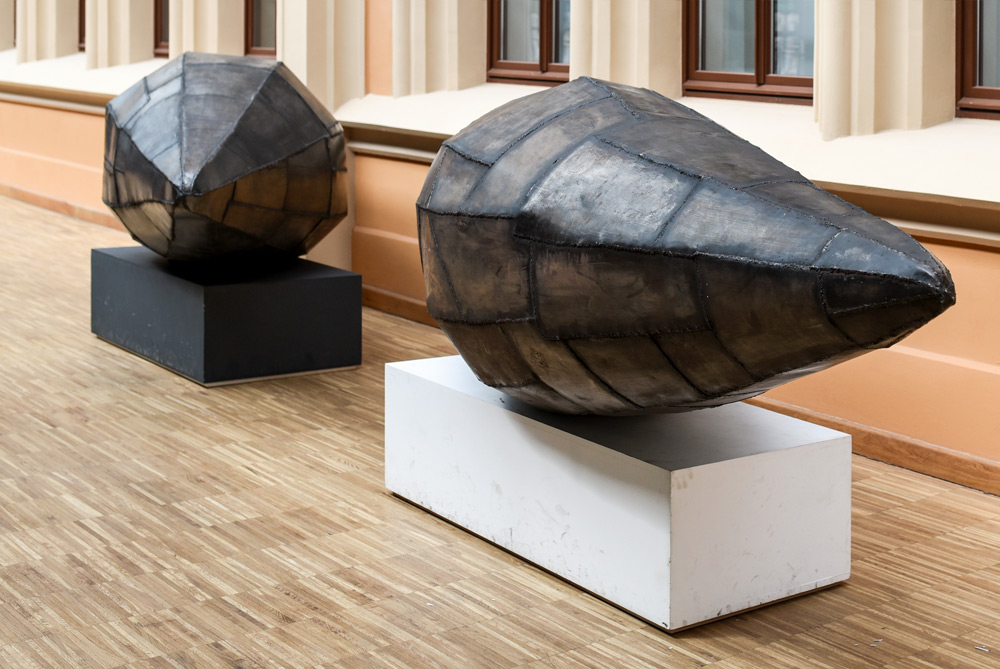
Untitled sculptures, installed in the train station.
The rangy exhibition ‘is like a journey through her studio’, says the indefatigable curator, Maria Rus Bojan. ‘It covers all her periods of activity from the early works to the last. I believe that it’s enough to give everybody an idea about the essence of her work and why she is so important for the art world.’
Abakanovicz was one of the first artists to use textiles as supportive structures in sculpture. Of her oeuvre, it’s her early ‘Abakans’ – great swathes of cloth hanging from the ceiling – that have garnered the most international attention. Three of these vast, opaque curtains of unfurled rope (slashed, tied in knots and pulled apart) hang in the train station gallery. They are tormented objects; wiry horse hair sticks out in clumps. Matted with organic matter, they look like they’re still living, despite having been produced half a century ago.
These complex, unruly curtains set the tone for a powerful life's work. In the War Games series (her most overtly political) unwieldy blackened tree trunks are wrapped in shrapnel-like iron casings – a metaphor for the tight fist of Poland’s communist rule. Her headless, marching army of bronze children, frozen outside the train station, each bare individual scars and blemishes; ‘her way of showing personal identity within multiplicity,’ explains Rus Bojan. Her early limbless torso sculptures – which Rus Bojan calls 'aberrations of nature’ – viscerally echo her mother’s violent wartime experiences. In each of these distinct phases, Abakanovicz maintains her complete and consistent refusal of stereotypical beauty and ‘prettiness’.
Despite the continuously relevant power of Abakanovicz’s art, few acknowledge her longstanding importance. Her faceless fabric mannequins can be read in Louise Bourgeois’ 1990s Couple and Single series, and her metal people recall Anthony Gormley’s storied 80s iron men – yet much of her work predates them. It’s only because of generous support from the newly inaugurated, London-based ArtEast Foundation that this exhibition happened at all. ‘Without ArtEast this exhibition would not have been possible,’ says Rus Bojan. ‘For them, the word “impossible” doesn’t exist.’ It has taken this dedicated (amply-funded) team, and Rus Bojan’s endless respect for Abakanovicz, that her work is finally being given the attention, and city-wide space, it deserves.
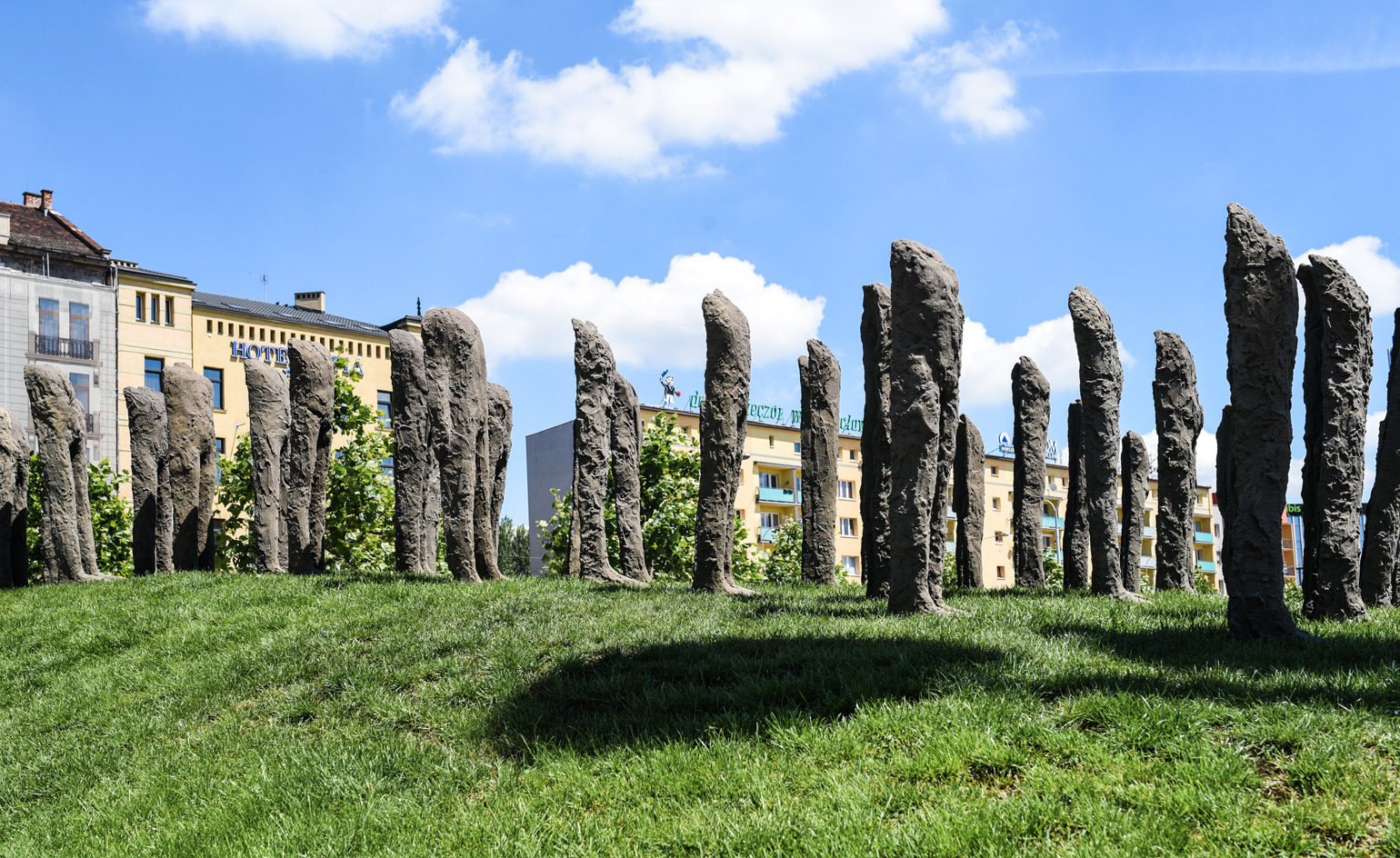
Installation view of Bambini, 1998-1999, outside of the train station.
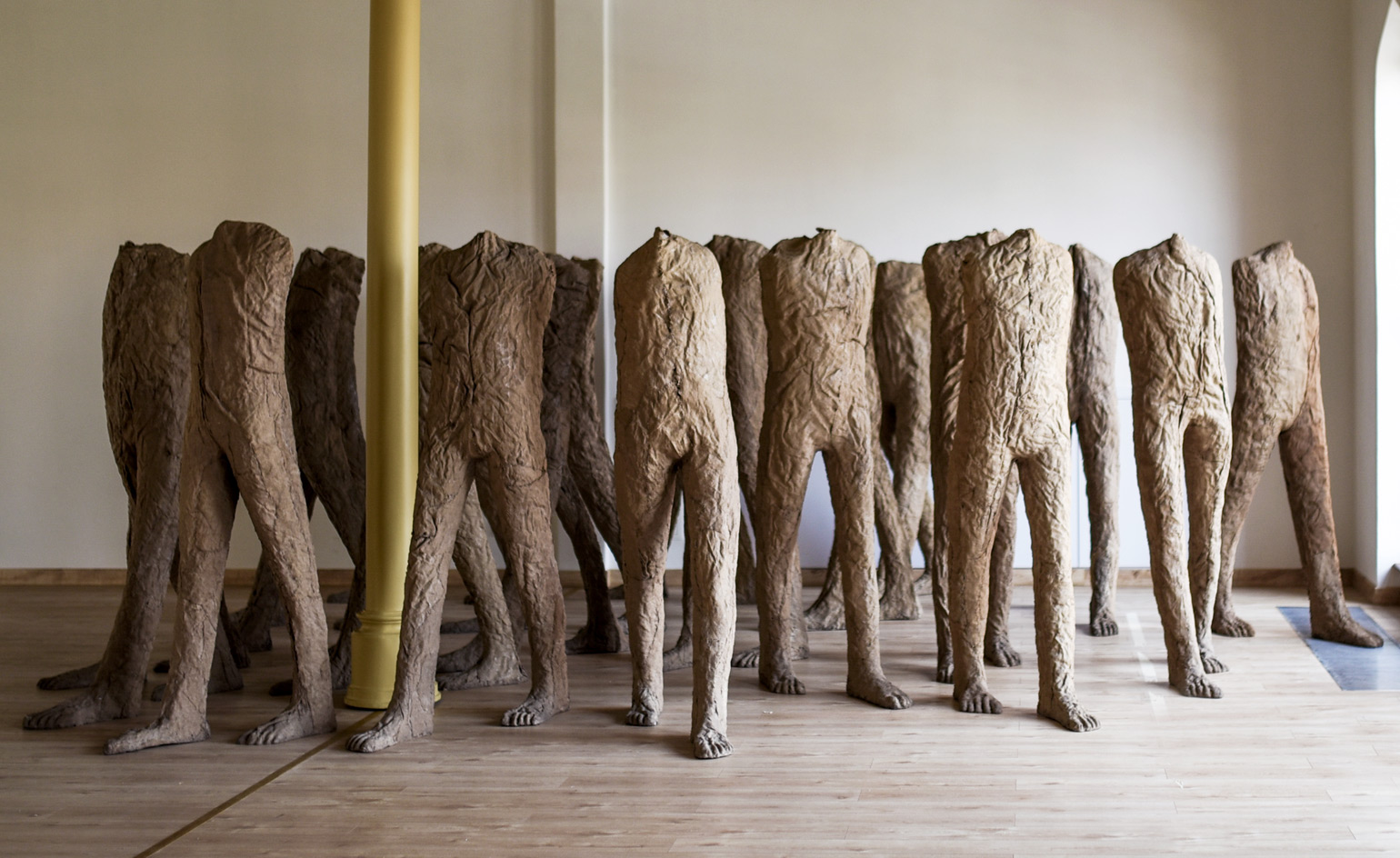
Bambini, 1998-1999, installed in the train station gallery.
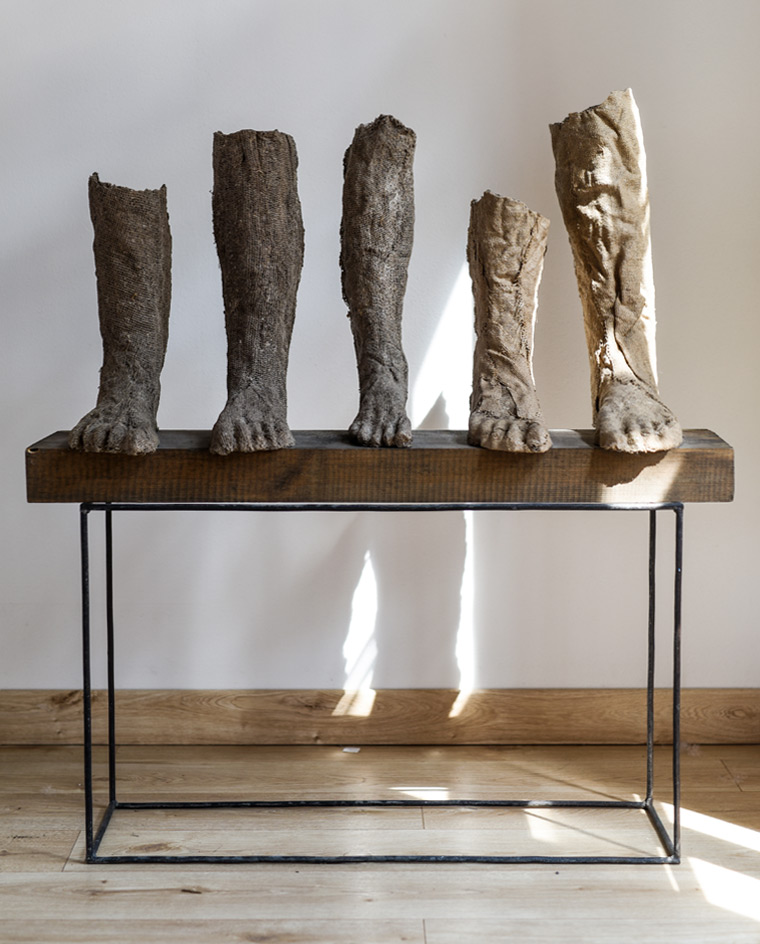
Installation view of ‘Effigies of Life, A Tribute to Magdalena Abakanowicz (1930–2017)’.
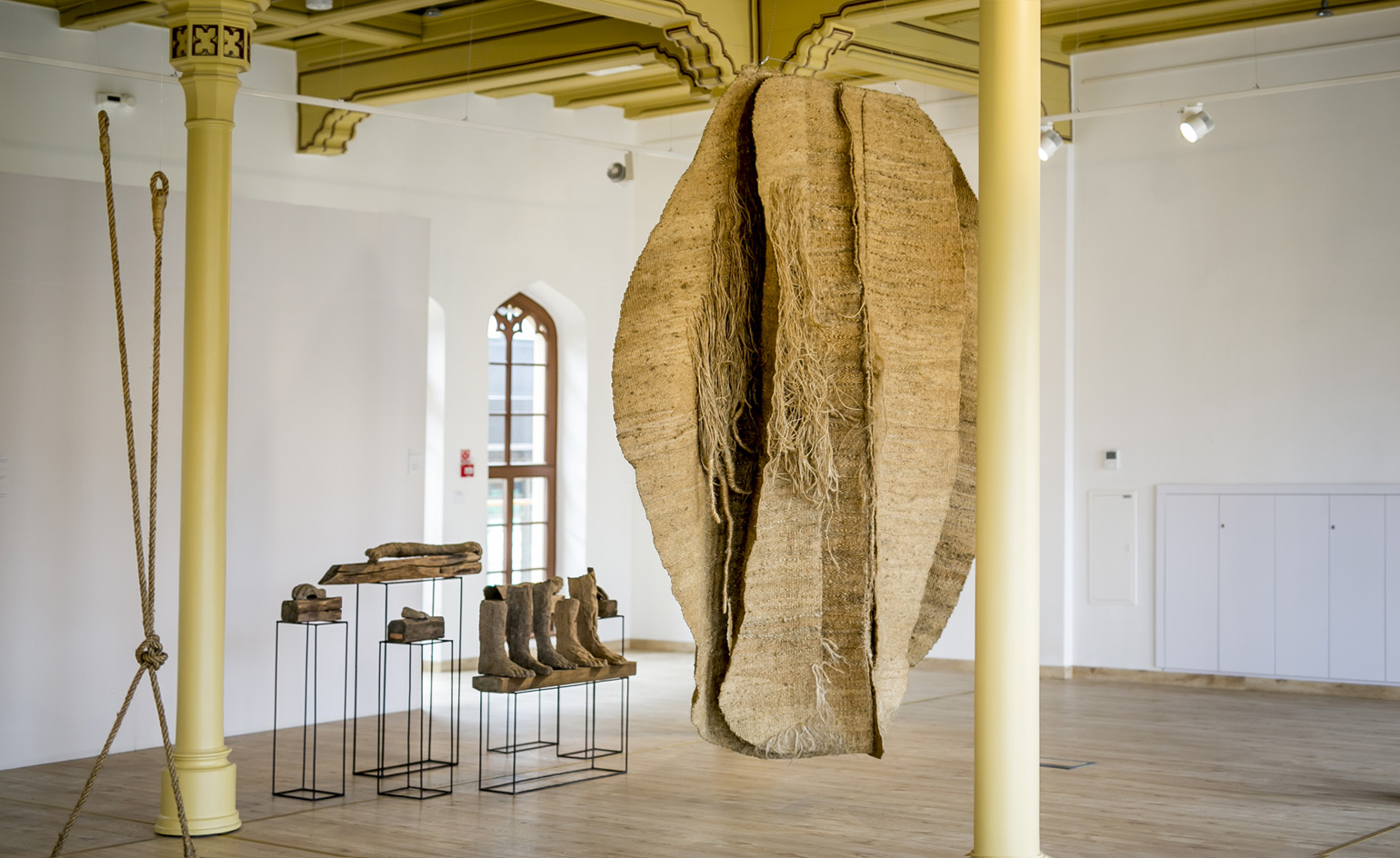
An early Abakan in the train station gallery.
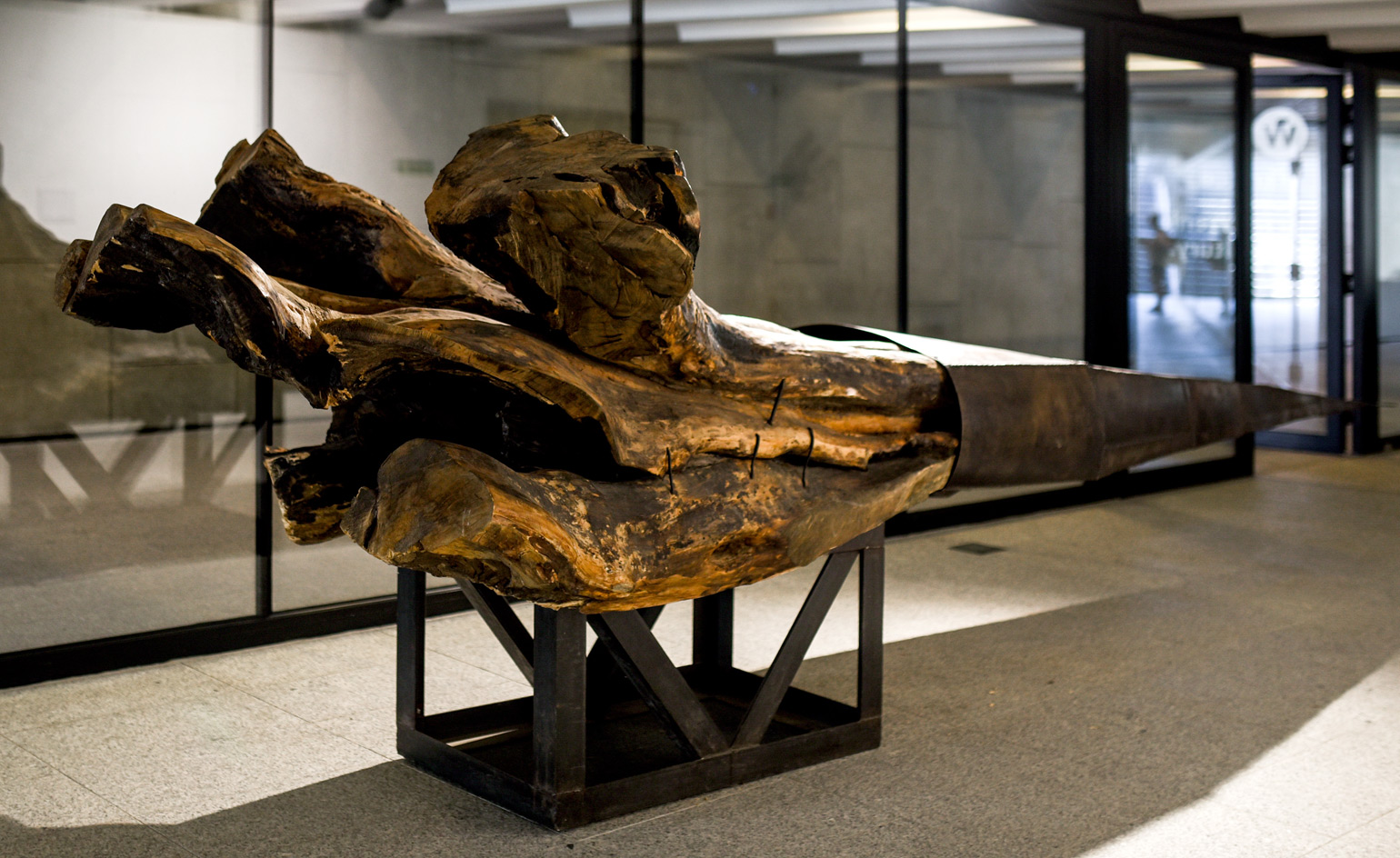
From the series War Games, in the underground passage way in central Wrocław.
INFORMATION
‘Effigies of Life, A Tribute to Magdalena Abakanowicz (1930–2017)’ is on view throughout Wrocław until 25 August. For more information, visit the ArtEast Foundation website
Receive our daily digest of inspiration, escapism and design stories from around the world direct to your inbox.
Elly Parsons is the Digital Editor of Wallpaper*, where she oversees Wallpaper.com and its social platforms. She has been with the brand since 2015 in various roles, spending time as digital writer – specialising in art, technology and contemporary culture – and as deputy digital editor. She was shortlisted for a PPA Award in 2017, has written extensively for many publications, and has contributed to three books. She is a guest lecturer in digital journalism at Goldsmiths University, London, where she also holds a masters degree in creative writing. Now, her main areas of expertise include content strategy, audience engagement, and social media.
-
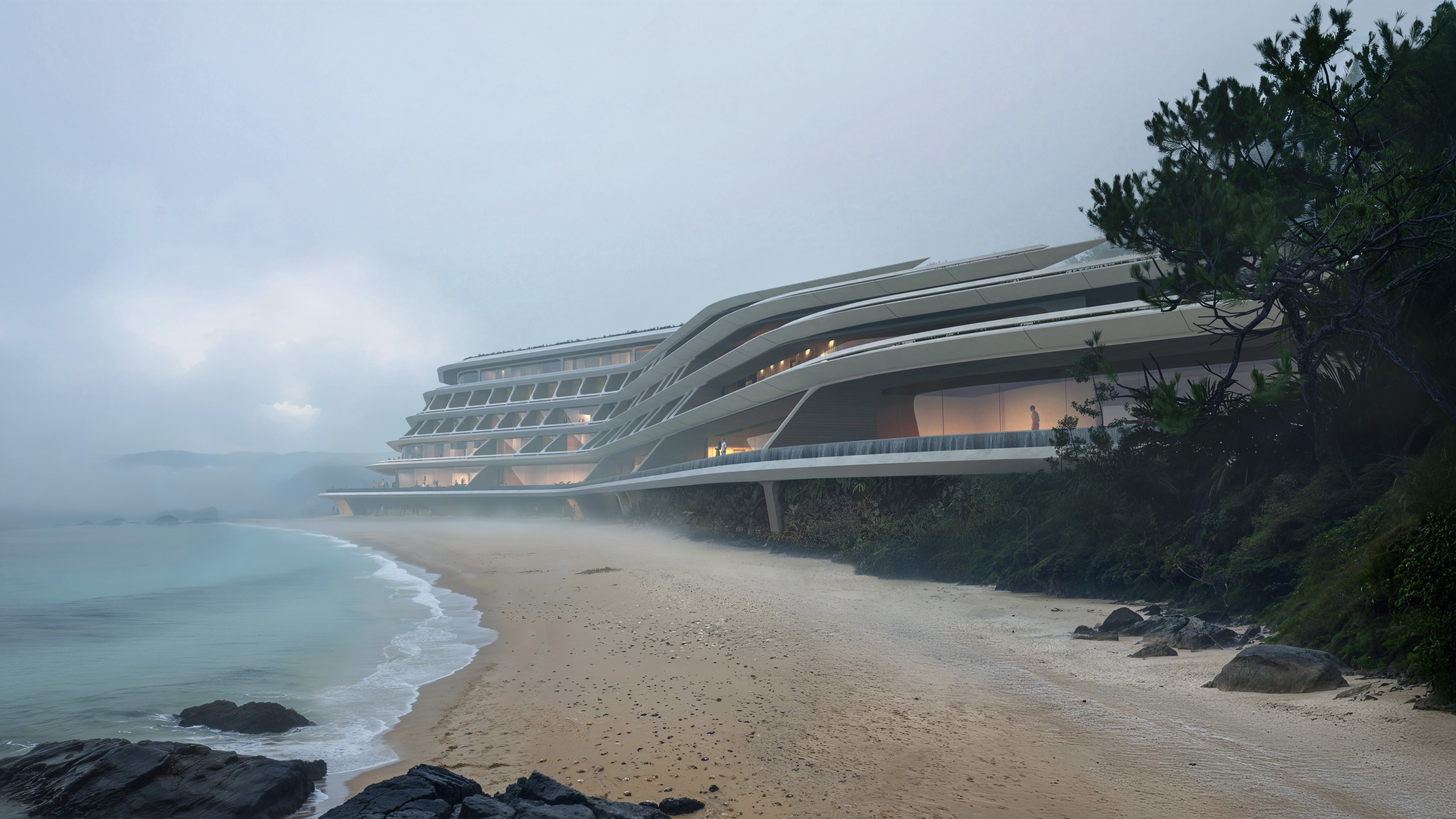 Curvilinear futurism meets subtropical beaches at Not A Hotel’s ZHA-designed Okinawa retreat
Curvilinear futurism meets subtropical beaches at Not A Hotel’s ZHA-designed Okinawa retreatZaha Hadid Architects has revealed the design for the first property in Not A Hotel’s futuristic new Vertex collection, coming soon to southern Japan
-
 Gorden Wagener leaves the helm of Mercedes-Benz design after 28 years with the company
Gorden Wagener leaves the helm of Mercedes-Benz design after 28 years with the companyThe German designer is stepping down from the role of chief design officer at Mercedes-Benz. We look back at his influence and impact on the world of automotive and luxury design
-
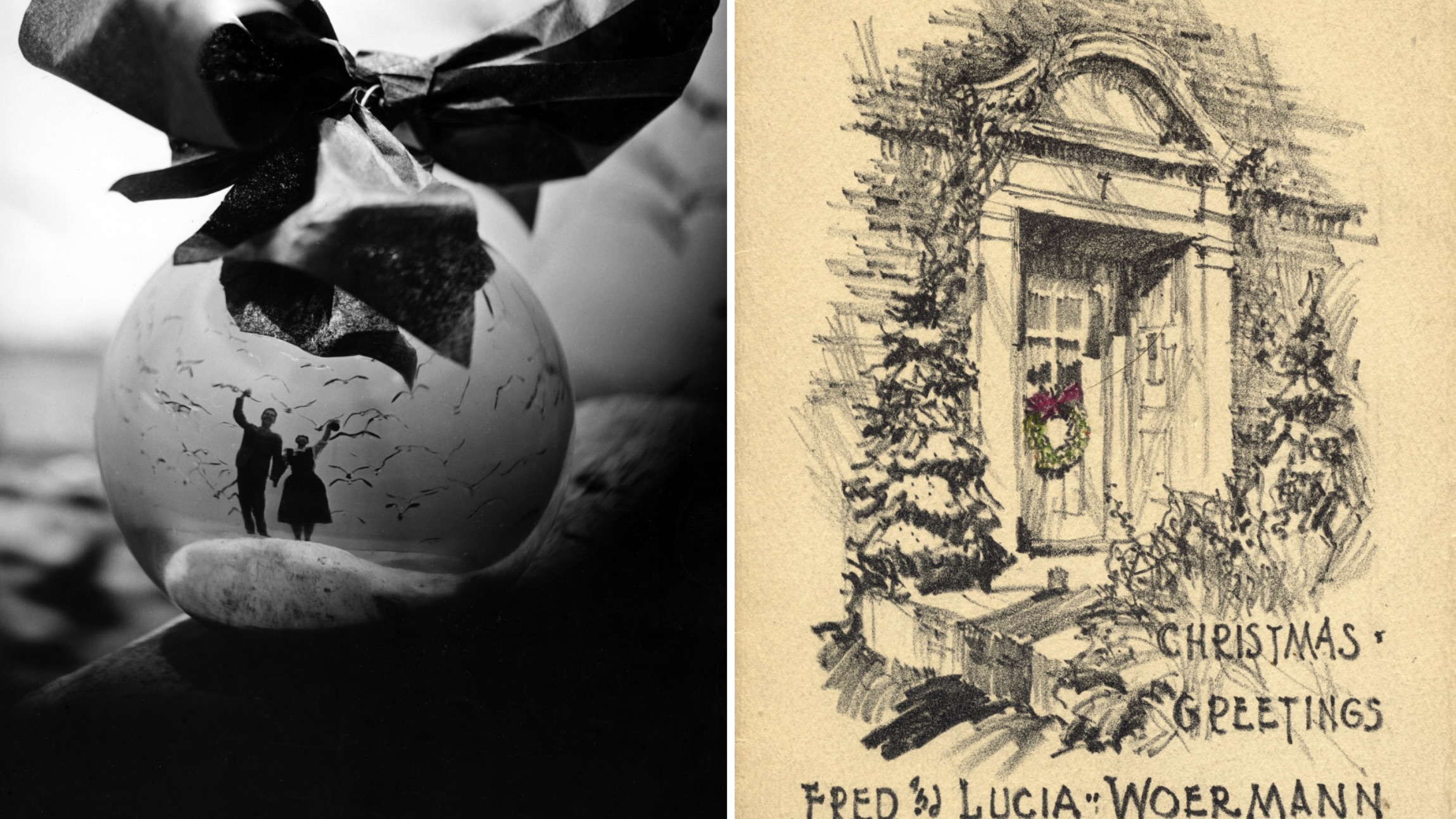 These Christmas cards sent by 20th-century architects tell their own stories
These Christmas cards sent by 20th-century architects tell their own storiesHandcrafted holiday greetings reveal the personal side of architecture and design legends such as Charles and Ray Eames, Frank Lloyd Wright and Ludwig Mies van der Rohe
-
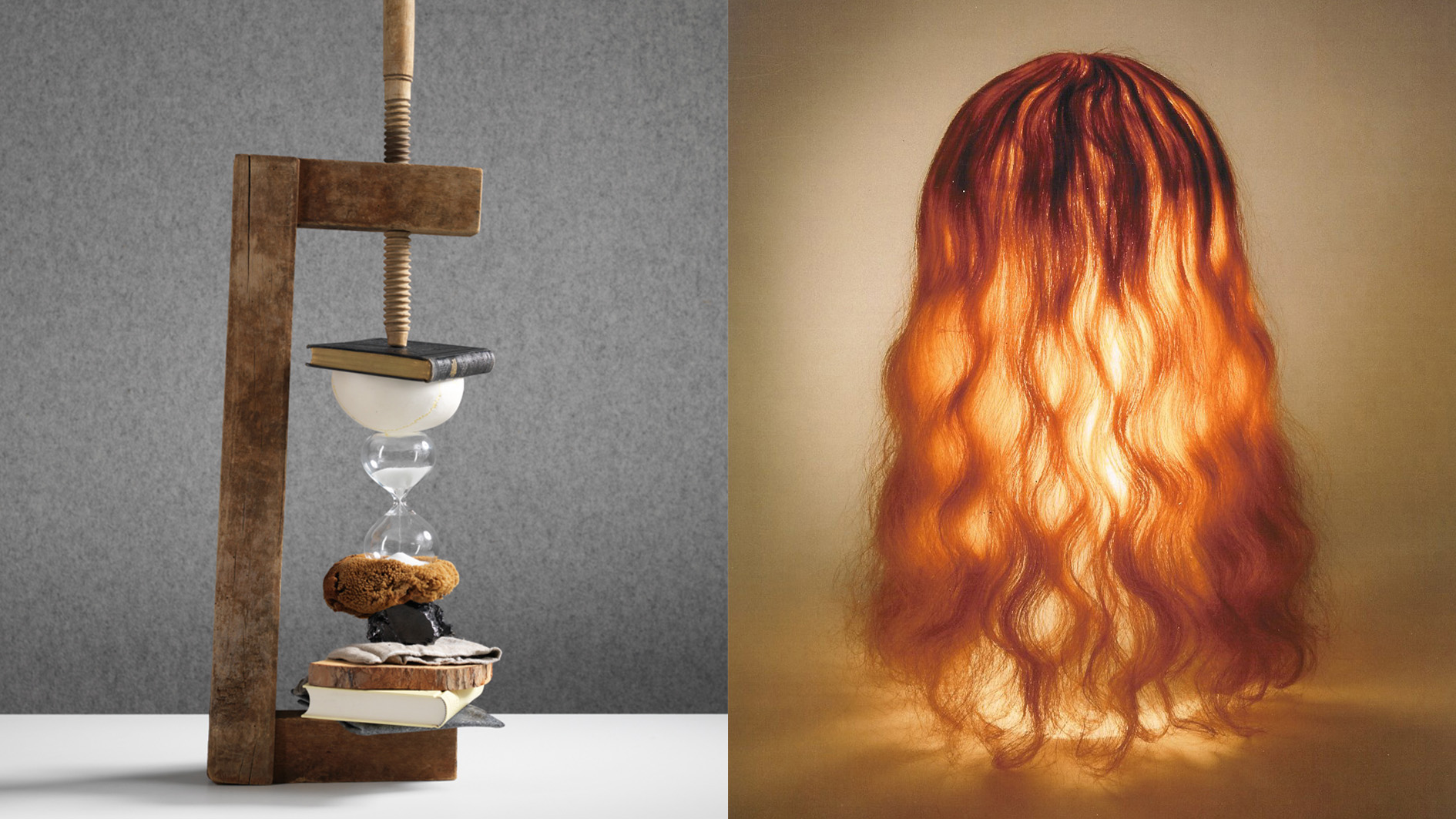 Rolf Sachs’ largest exhibition to date, ‘Be-rühren’, is a playful study of touch
Rolf Sachs’ largest exhibition to date, ‘Be-rühren’, is a playful study of touchA collection of over 150 of Rolf Sachs’ works speaks to his preoccupation with transforming everyday objects to create art that is sensory – both emotionally and physically
-
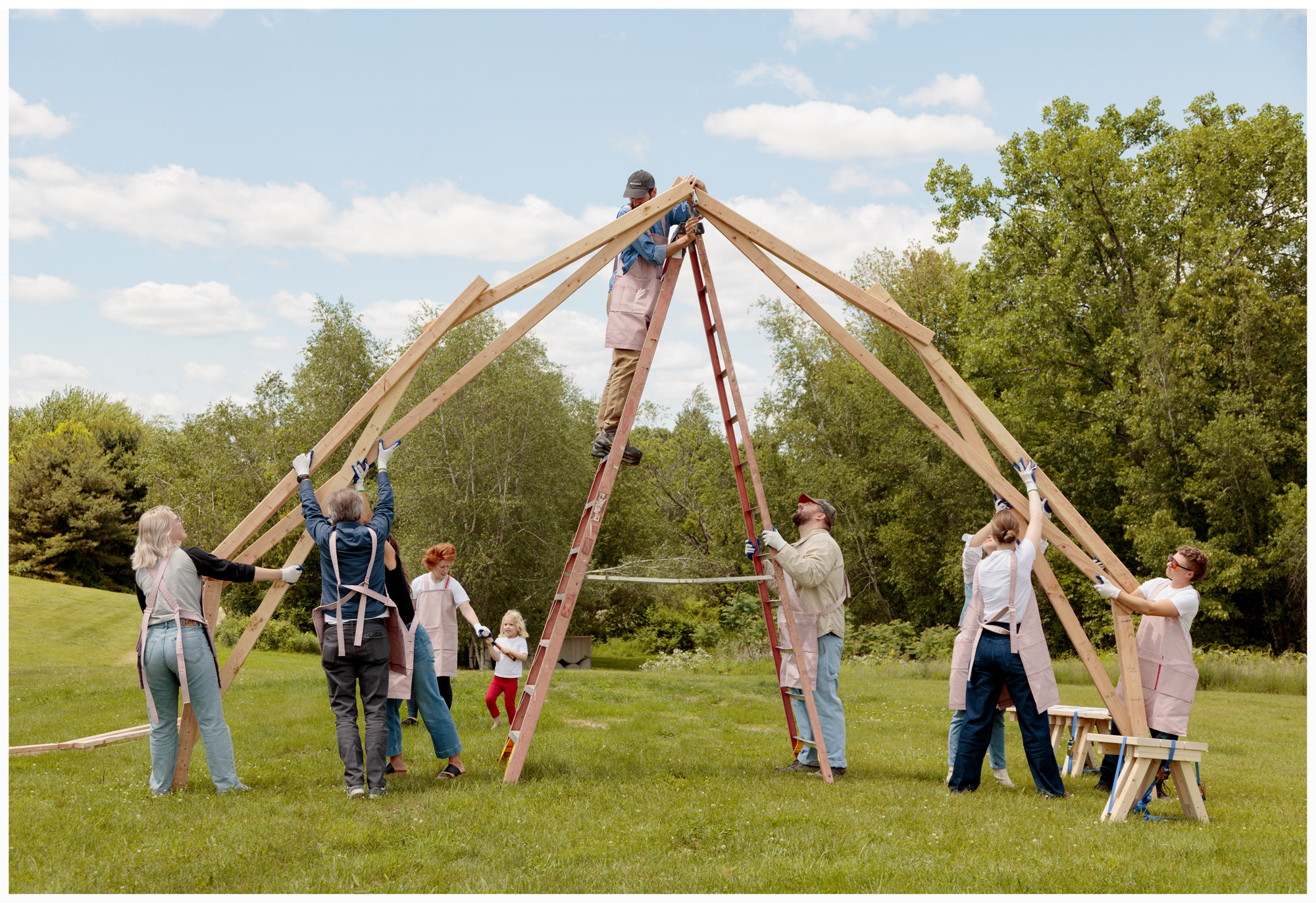 Architect Erin Besler is reframing the American tradition of barn raising
Architect Erin Besler is reframing the American tradition of barn raisingAt Art Omi sculpture and architecture park, NY, Besler turns barn raising into an inclusive project that challenges conventional notions of architecture
-
 What is recycling good for, asks Mika Rottenberg at Hauser & Wirth Menorca
What is recycling good for, asks Mika Rottenberg at Hauser & Wirth MenorcaUS-based artist Mika Rottenberg rethinks the possibilities of rubbish in a colourful exhibition, spanning films, drawings and eerily anthropomorphic lamps
-
 San Francisco’s controversial monument, the Vaillancourt Fountain, could be facing demolition
San Francisco’s controversial monument, the Vaillancourt Fountain, could be facing demolitionThe brutalist fountain is conspicuously absent from renders showing a redeveloped Embarcadero Plaza and people are unhappy about it, including the structure’s 95-year-old designer
-
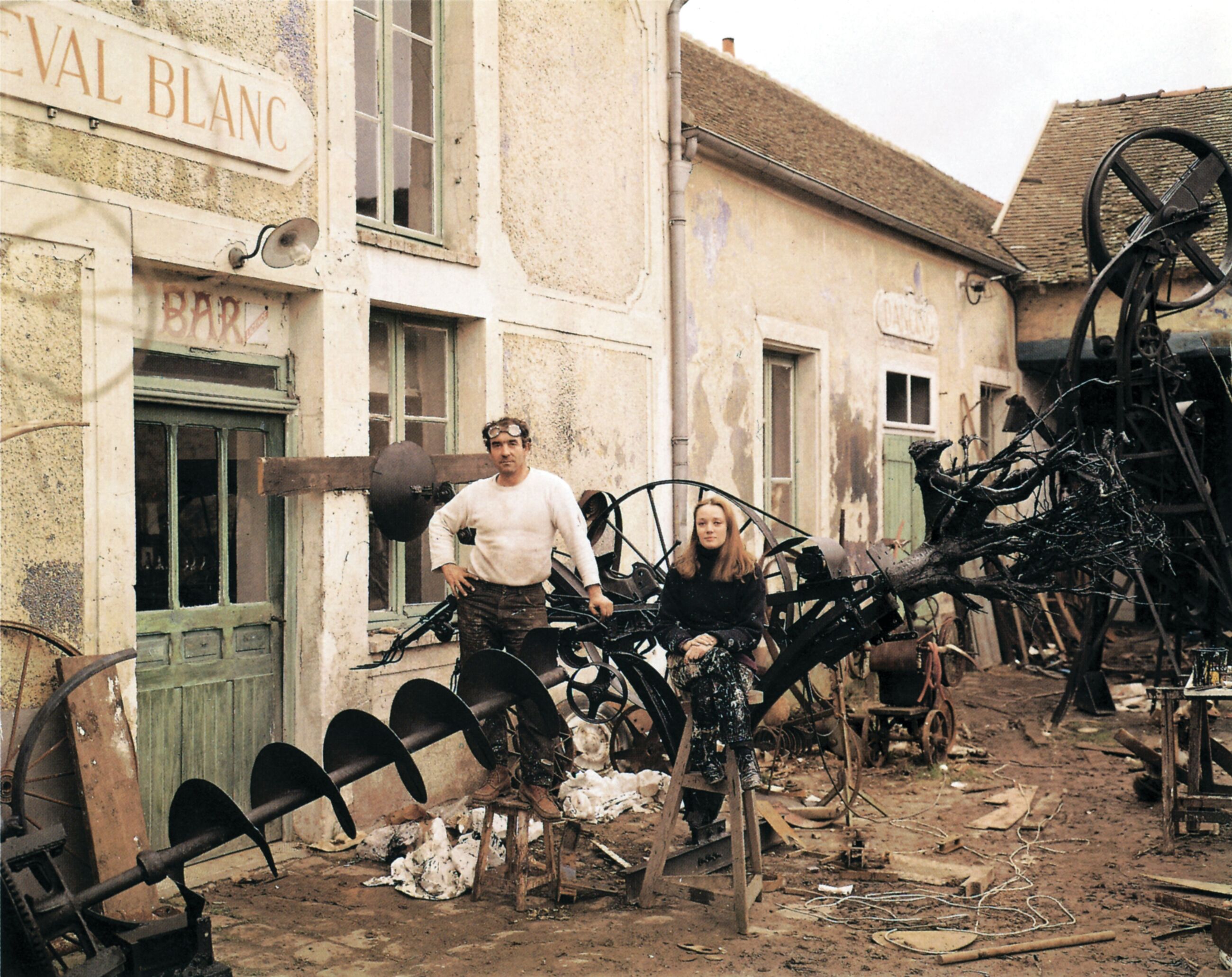 See the fruits of Niki de Saint Phalle and Jean Tinguely's creative and romantic union at Hauser & Wirth Somerset
See the fruits of Niki de Saint Phalle and Jean Tinguely's creative and romantic union at Hauser & Wirth SomersetAn intimate exhibition at Hauser & Wirth Somerset explores three decades of a creative partnership
-
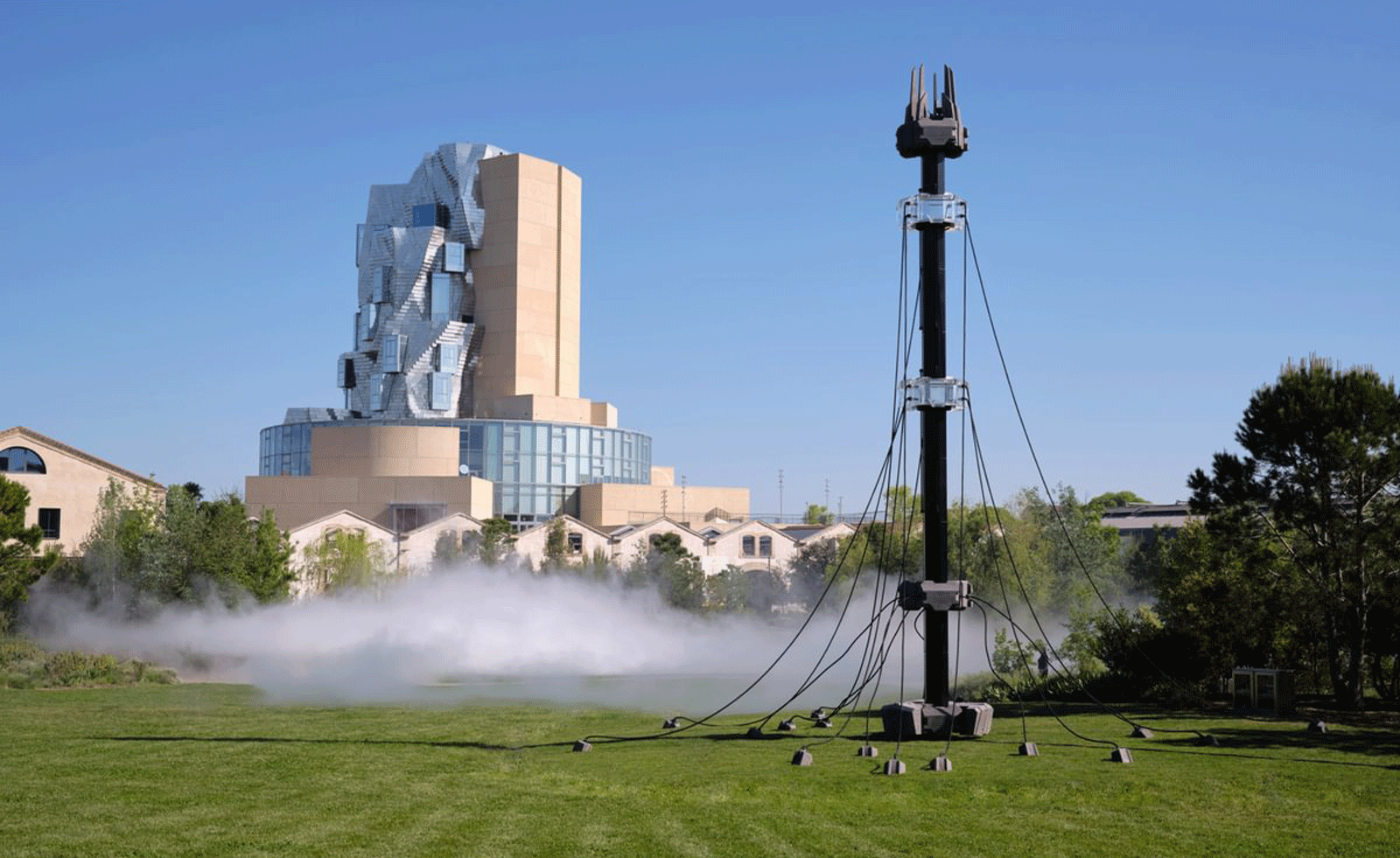 Technology, art and sculptures of fog: LUMA Arles kicks off the 2025/26 season
Technology, art and sculptures of fog: LUMA Arles kicks off the 2025/26 seasonThree different exhibitions at LUMA Arles, in France, delve into history in a celebration of all mediums; Amy Serafin went to explore
-
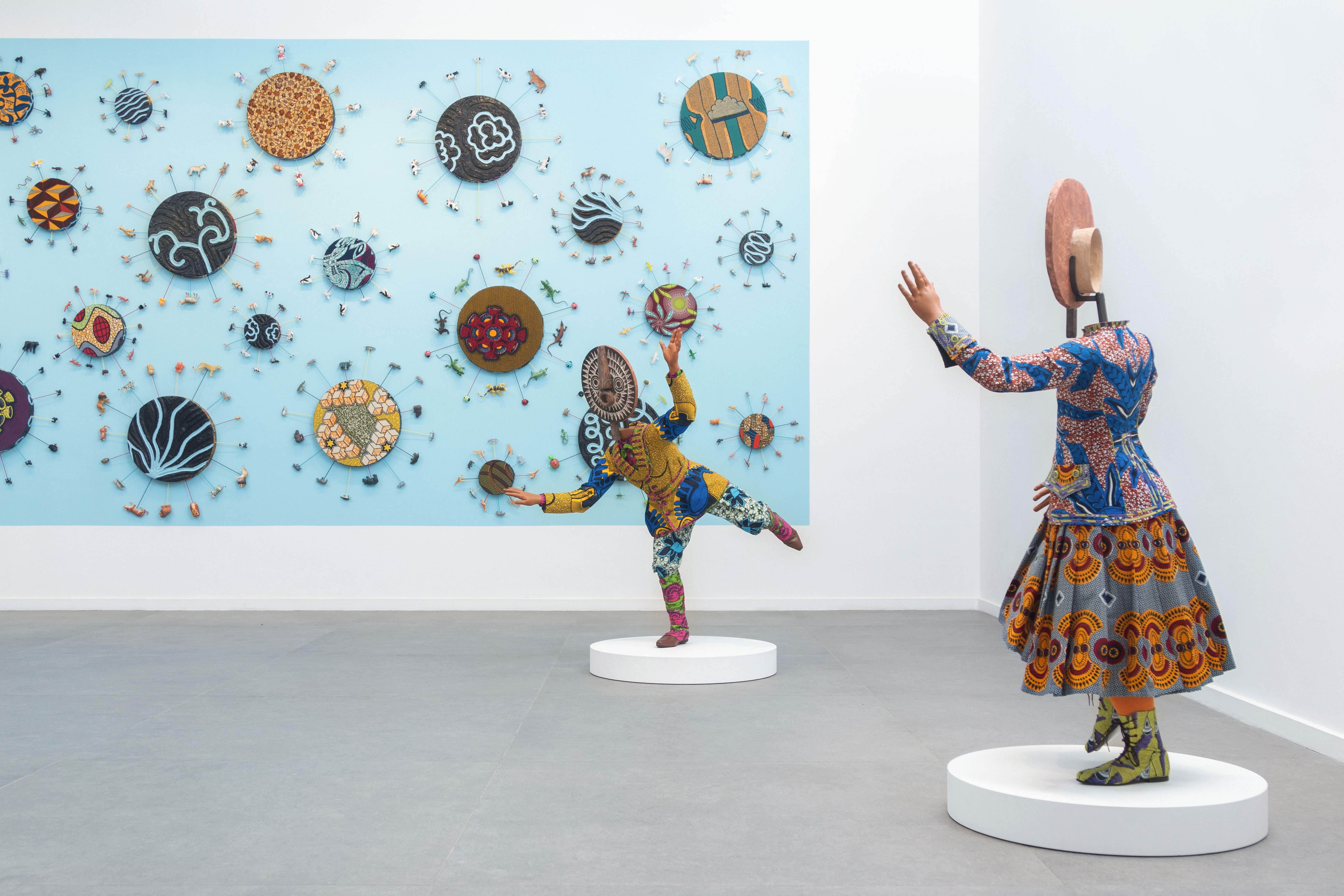 Inside Yinka Shonibare's first major show in Africa
Inside Yinka Shonibare's first major show in AfricaBritish-Nigerian artist Yinka Shonibare is showing 15 years of work, from quilts to sculptures, at Fondation H in Madagascar
-
 The UK AIDS Memorial Quilt will be shown at Tate Modern
The UK AIDS Memorial Quilt will be shown at Tate ModernThe 42-panel quilt, which commemorates those affected by HIV and AIDS, will be displayed in Tate Modern’s Turbine Hall in June 2025